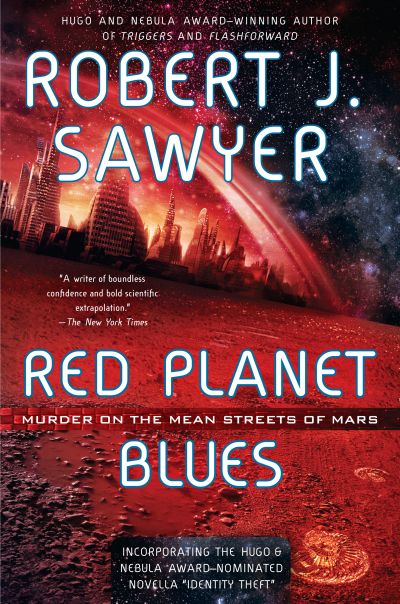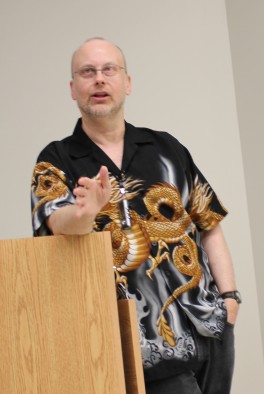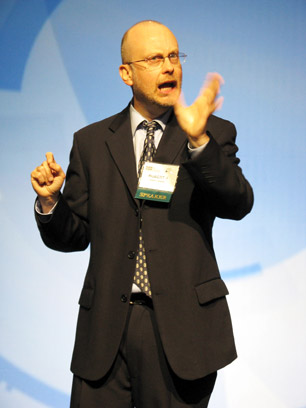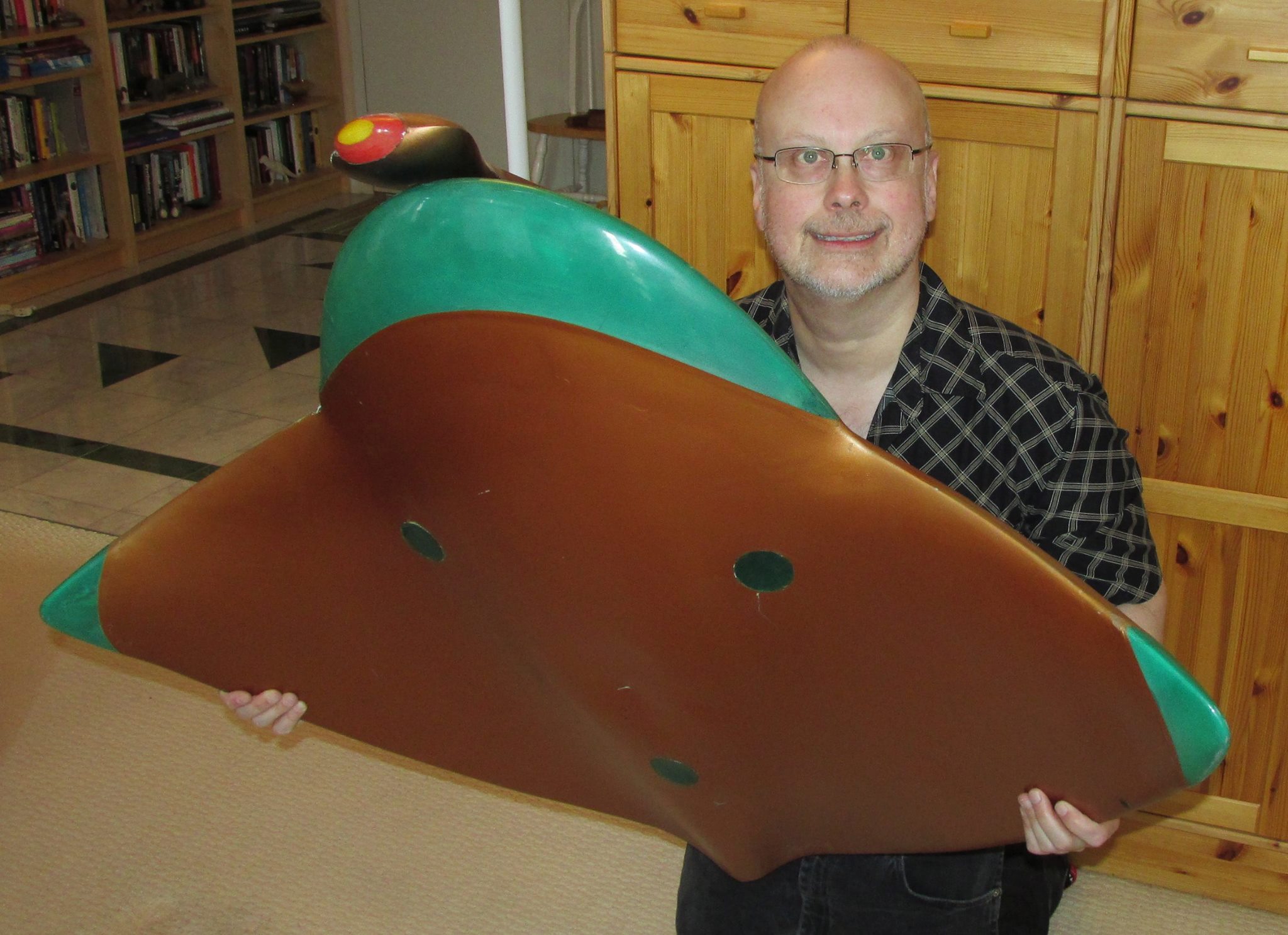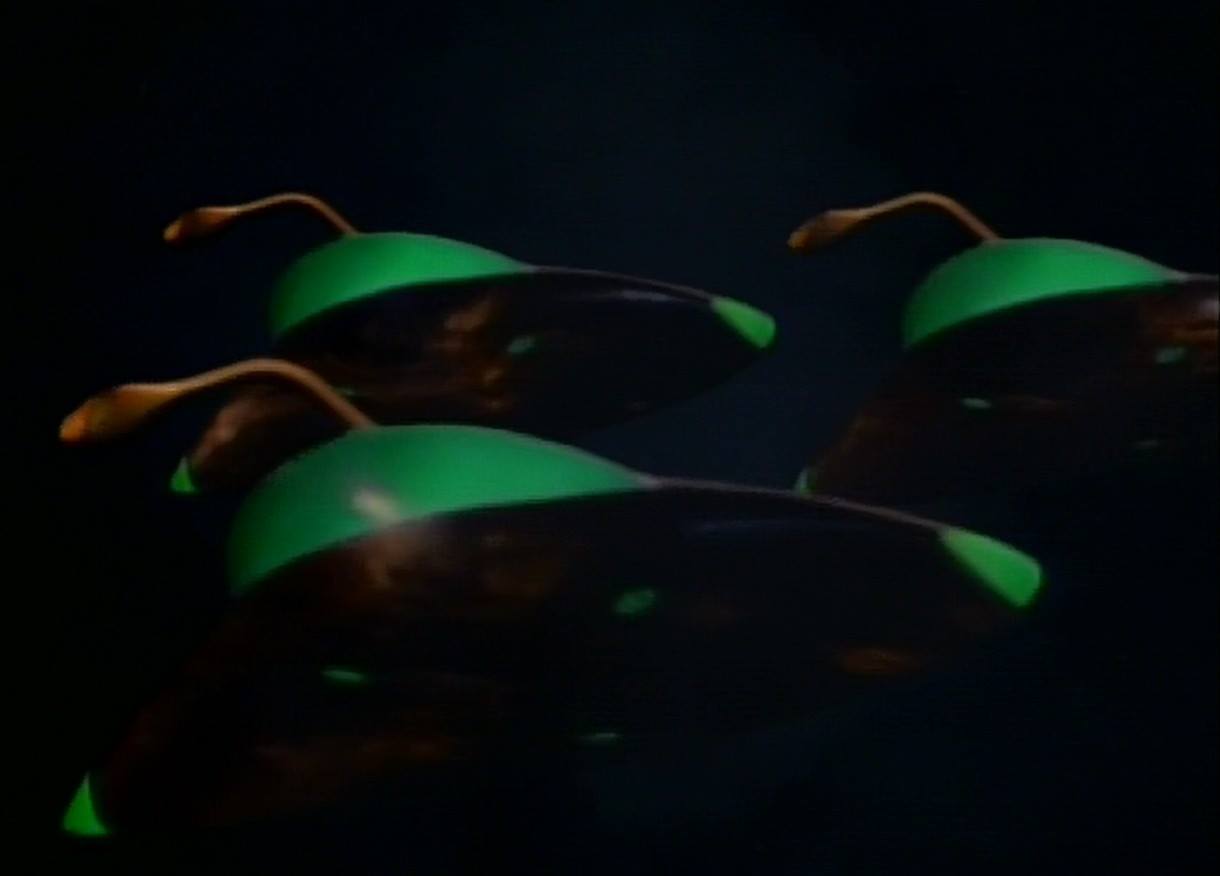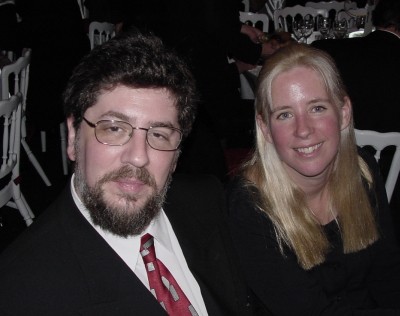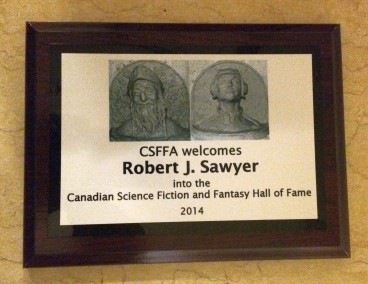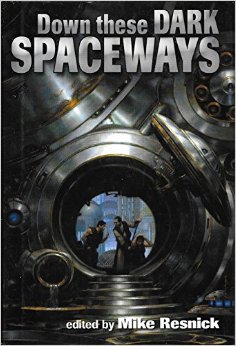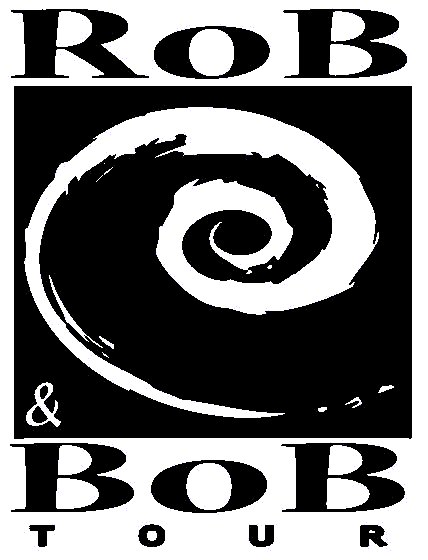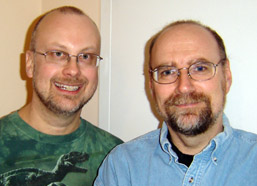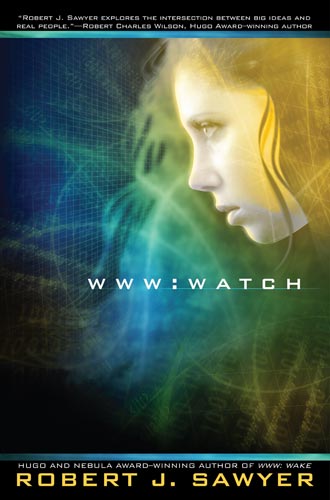
A good day for Shoshana and Max, two characters from my 2010 novel Watch. Sho is a primatologist, working with a chimpanzee-bonobo hybrid named Hobo who paints representational art. This scene about marriage equality is from Chapter 30:
Shoshana spent the next couple of hours with Hobo; he did seem to be back to his old self.
Her cell phone rang. Her ringtone was the “William Tell Overture,” which Hobo liked. The caller ID was MARCUSE INST. She flipped it open. “Hello?”
“Hey, Sho, it’s Dillon. Just got in, and I’m watching on the cameras. Wow!”
Hobo tried to tickle her. “Yeah,” she said. “It’s great!”
“Do you — you think it’s safe for me to come out there?”
She considered this. “Let’s give him some time,” she said. “But I’m going to come in; I’ve got to pee.”
She did just that, promising Hobo that she’d return in a bit. After she was finished in the washroom, Dillon said, “It’s quite the turnaround.”
“I’ll say,” Sho said. She sat on the swivel chair in front of her computer and rotated it so she faced out into the room.
Dillon was leaning against the wall, thin arms crossed in front of his black T-shirt. “What do you suppose caused it?”
She shook her head. “I have no idea.”
“Pretty amazing,” he said. “Like he just sort of decided to give up being violent.”
“It’s terrific,” Sho agreed.
“So, um, maybe this calls for a drink.”
Shoshana could see where this was going. “Well, I can ask Dr. Marcuse to pick up some champagne on his way back …” she replied, looking away.
“I mean,” Dillon said, and he paused, then tried again: “I mean maybe we should go out for a drink … you know, um, to celebrate.”
“Dillon …” she said softly.
He unfolded his arms and raised his right hand, palm out. “I mean, I know you sometimes go out with a guy named Max, but …”
“Dillon, I live with Max.”
“Oh.”
“And Max isn’t a guy; she’s a girl. Maxine.”
He looked relieved. “Ah, well, if she’s just your roommate, then …”
“Max is my girlfriend.”
“Your girl friend, or your, um, girlfriend?”
“My girlfriend; my lover.”
“Oh, um — ah, I didn’t … you never …”
Dillon had come to the Marcuse Institute in May; he’d missed the Christmas party, which, now that she thought about it, was the last time she’d brought Maxine around. “So,” said Shoshana, “thanks for the interest, but …”
Dillon smiled. “Can’t blame a guy for trying.”
“Thanks,” she said again. “You’re sweet.”
He crossed his arms again. “So, how long have you been with Maxine?”
“Couple of years. She’s an engineering student at UCSD.”
“Heh. Good that one of you is eventually going to make some money.”
Sho leaned back in her chair and laughed. Neither she nor Dillon was ever likely to get rich.
“And, ah, I take it it’s serious?” Dillon said tentatively.
She suppressed a grin; hope springs eternal. “Very much so. I’d marry Max, if I could.”
“Oh.”
“You know I’m from South Carolina, right?”
“I do declare!” he said, in a really bad Southern accent.
“But Max is from L.A. — South Central. Her family’s all there, and, well, it’s not like they can afford to travel to Boston or up to Canada. She wants to get married here in California, but …” She lifted her shoulders a bit.
“It used to be legal here, didn’t it?”
Sho nodded. “Got overturned the same day Obama was elected. A bittersweet night, I can tell you, for a lot of us. I was simultaneously elated and crushed.”
“I bet.”
“It should be legal here,” Shoshana said. “It should be legal everywhere.”
“I guess it’s against some people’s religions,” Dillon said.
“So what?” Sho snapped. But she put a hand to her mouth. “Oh, I’m sorry, Dillon. But I just get so tired of arguing this. If your beliefs tell you that you shouldn’t marry someone of the same sex, then you shouldn’t do it — but you shouldn’t have the right to impose your views on me.”
“Hey, Sho. Chill. I’m cool with it. But, um, there are those who say marriage is a sacrament.”
“There’s nothing sacred about marriage. You can go to city hall and get married without God once being mentioned. That issue was settled long ago.”
“I guess,” said Dillon.
But Sho had worked up a head of steam. “And gay people getting married doesn’t take anything away from anyone else’s marriage, any more than, say, the addition of Alaska and Hawaii made the people who were already Americans any less American. What we do doesn’t affect anyone else.”
Dillon nodded.
“And you’re a primatologist,” she said. “You know that homosexuality is perfectly natural. Homo sapiens practice it in all cultures, and bonobos practice it, too — which means the common ancestor probably practiced it, as well; it’s natural.”
“No doubt,” said Dillon. “But — playing devil’s advocate here — a lot of people who accept that it’s natural still don’t think that a union between two people of the same sex should be called a marriage. They’re leery of redefining words, you know, lest they lose their meaning.”
“But we have already redefined marriage in this country!” Sho said. “We’ve done it over and over again. If we hadn’t done that, black people couldn’t get married — they weren’t allowed to when they were slaves. And as recently as 1967, there were still sixteen states in which it was illegal for a white person to marry a black person. Max is black, by the way, and if we hadn’t redefined marriage, I couldn’t marry her even if she were a guy. We also long ago gave up the traditional definition of marriage as being `until death do us part.’ Nobody says you have to stay in a bad marriage anymore; if you want out, you can get divorced. The definition of marriage has been a work-in-progress for centuries.”
“Okay, okay,” said Dillon. “But …”
“What?”
“Oh, nothing …”
She tried to make her tone light. “Sorry. I didn’t mean to take your head off. What is it?”
“Well, if they do repeal the ban here, so you and Maxine can get married, um, how does that work? Do you, you know, have two maids of honor …?”
“People do it different ways. But I’ve already decided I’m going to have a best man.”
“Oh? Anybody I know?”
“Yep.” She glanced at the monitors that showed the feeds from the cameras on the island. “Oh, and look — he’s painting another picture!”
Robert J. Sawyer online:
Website • Facebook • Twitter • Email



